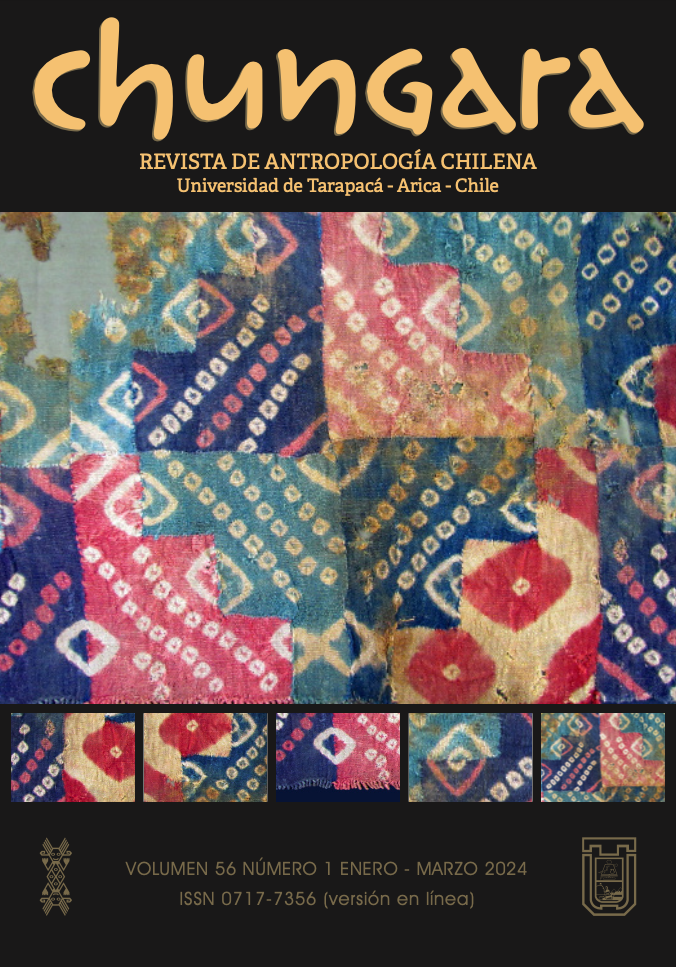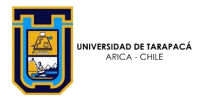202557(en)/16 - Cartography of Silence in an Official Heritage Site: Enslavement and Landownership in the Historic Center of San Antonio de Areco (Argentina)
CARTOGRAPHY OF SILENCE IN AN OFFICIAL HERITAGE SITE: ENSLAVEMENT AND LANDOWNERSHIP IN THE HISTORIC CENTER OF SAN ANTONIO DE ARECO (ARGENTINA)
CARTOGRAPHY OF SILENCE IN AN OFFICIAL HERITAGE SITE: ENSLAVEMENT AND LANDOWNERSHIP IN THE HISTORIC CENTER OF SAN ANTONIO DE ARECO (ARGENTINA)
Santiago Amondaray
This article outlines a critical cartography of silenced heritage narratives in the Historic Center of San Antonio de Areco, Argentina, examining how hegemonic discourses have prioritized an idealized vision of the local past centered on gaucho traditions and colonial heritage. This perspective, promoted by official heritage policies between 1970 and 2010, has systematically excluded the presence of Afro-descendants and the phenomenon of slavery—fundamental elements to the social and spatial shaping of the territory. Drawing on18th-century ecclesiastical documents, census data, and property records, the study reconstructs the town’s earliest urban holdings, identifying both property owners and enslaved individuals, and highlights the central role of captive labor in shaping the urban space. This research reveals how heritage-making processes construct silences around certain historical presences and uncomfortable truths in order to uphold hegemonic, white-centered, and idyllic representations anchored in this space. However, this attempt at symbolic and material erasure is challenged by the persistence—often contradictory—of historical trajectories that resist exclusion, thus revealing the paradoxes inherent in heritage construction.







